Houston is one of the last big cities in America for me to visit. I've felt somewhat ambivalent about it for many years so for a long time saw no pressing need to travel there. The city appealed when I was young as an American boomtown, all glitzy and new and warm and very different from New York where I grew up. When I was in high school Houston seemed like the place to go and I even applied to Rice University. As I’ve gotten older I came to be somewhat turned off by its reputation – very hot weather, an extreme spread-out geography and auto-based culture, an economy based on a dirty extractive industry, and the tarnish on golden buckle of Sun Belt as its economy went into an oil-bust decline. Much of what I have heard about Houston over the years has generally been quite negative as a place to live. However, I have heard some rather good things about it as a place for short visit with a fair amount to see and do including some very good art museums.
I arrived in the city on Sunday evening to stay for three days at a cheap motel on south side not far from Astrodome and its replacement NRG Stadium, home of the Texas
. "How did Houston ever lost the Oilers to Nashville way back when?" I kept thinking as I drove around the old and new stadiums.
I spent my first day in Houston in the southern part of the city around Hermann Park, a large park with Houston’s zoo, gardens, water feature, and a big statue of Sam Houston which is surrounded by many of city’s cultural facilities including its major museums and Rice University. The massive Texas Medical Center, one of the largest complex of hospitals in the world which looks from the distance like an entire skyscraper business district also borders Hermann Park.
One of the museums near the park is the Houston Museum of Natural Science. Although I find science and natural history museums to usually be geared somewhat toward children, I figured I’d check this one out because admission is free. You can quickly tell who funds the museum by the themes of many of its displays. It’s more like a museum of oil and natural gas deposits and extraction, and I doubt they mention anything about human-induced climate change very much.
The Museum of Fine Arts Houston (MFAH) is considered to be one of best and largest encyclopedic art museums in the country, and I must admit to being impressed by it. The place is huge and kept me occupied for almost an entire day with lots African Art and a huge European painting collection with many works by Old Masters and Expressionists that’s on an unusual scale for a newish upstart city like Houston
. There were several special exhibitions taking place, but one really excited me. You always hear about French impressionism but rarely of German Impressionism, but this exhibition, “German Impressionist Landscape Painting: Liebermann-Corinth-Slevogt” had some of the best landscape paintings I’ve seen from that country and era.
Houston has a second arts district a mile or so away that includes the Menil Collection and nearby Rothko Chapel. While the Menil Collection houses the private collection of philanthropists John and Dominqiue Menil, they also commissioned a nearby chapel with an interior of paintings by Abstract Expressionist Mark Rothko. Unfortunately, no interior photographs are allowed in either.
On my way out of town I made one last artsy stop on the west side of city near Memorial Park. Bayou Bend was the grand estate home of Ima Hogg, sometimes called the first lady of Texas, which houses the decorative arts part of MFAH collection. Overall I had a very pleasant stay in Houston with good sunny weather and nice temperatures. The museums well exceeded my expectations and at no point was I trapped in on of Houston’s notorious freeway traffic jams.
Houston - Art & Culture in the Oil City
Monday, November 08, 2010
 Houston, Texas, United States
Houston, Texas, United States
Other Entries
-
8Port Gibson & Windsor Ruins - Plantation Country
Oct 2613 days prior Port Gibson, United Statesphoto_camera20videocam 0comment 0
Port Gibson, United Statesphoto_camera20videocam 0comment 0 -
9Natchez - Historic Center of the Antebellum South
Oct 2712 days prior Natchez, United Statesphoto_camera80videocam 0comment 0
Natchez, United Statesphoto_camera80videocam 0comment 0 -
10Saint Francisville - West Felciana Plantation Town
Oct 2811 days prior Saint Francisville, United Statesphoto_camera53videocam 0comment 0
Saint Francisville, United Statesphoto_camera53videocam 0comment 0 -
11Baton Rouge - Lousiana's Capital City
Oct 2910 days prior Baton Rouge, United Statesphoto_camera59videocam 0comment 0
Baton Rouge, United Statesphoto_camera59videocam 0comment 0 -
12Great River Road - Nottoway & Bocage Planatations
Oct 2910 days prior Plaquemine, United Statesphoto_camera31videocam 0comment 0
Plaquemine, United Statesphoto_camera31videocam 0comment 0 -
13Donaldsonville & Houmas House Plantation
Oct 309 days prior Donaldsonville, United Statesphoto_camera55videocam 0comment 0
Donaldsonville, United Statesphoto_camera55videocam 0comment 0 -
14Mississippi River - Plantations and Oil Refineries
Oct 318 days prior Vacherie, United Statesphoto_camera36videocam 0comment 0
Vacherie, United Statesphoto_camera36videocam 0comment 0 -
15New Orleans - The French Quarter
Nov 017 days prior New Orleans, United Statesphoto_camera169videocam 0comment 0
New Orleans, United Statesphoto_camera169videocam 0comment 0 -
16New Orleans - The Garden District & Tulane
Nov 026 days prior New Orleans, United Statesphoto_camera87videocam 0comment 0
New Orleans, United Statesphoto_camera87videocam 0comment 0 -
17New Orleans - Ramblings About the City
Nov 035 days prior New Orleans, United Statesphoto_camera37videocam 0comment 0
New Orleans, United Statesphoto_camera37videocam 0comment 0 -
18Chalmette Battlefield & Barataria Preserve
Nov 044 days prior Jean Lafitte, United Statesphoto_camera19videocam 0comment 0
Jean Lafitte, United Statesphoto_camera19videocam 0comment 0 -
19Houma - Deep in the Cajun Country
Nov 044 days prior Houma, United Statesphoto_camera12videocam 0comment 0
Houma, United Statesphoto_camera12videocam 0comment 0 -
20New Iberia - Tabasco Country
Nov 053 days prior New Iberia, United Statesphoto_camera10videocam 0comment 0
New Iberia, United Statesphoto_camera10videocam 0comment 0 -
21Saint Martinville - Evangeline Country
Nov 053 days prior Saint Martinville, United Statesphoto_camera24videocam 0comment 0
Saint Martinville, United Statesphoto_camera24videocam 0comment 0 -
22Breaux Bridge - Heart of the Cajun Country
Nov 062 days prior Breaux Bridge, United Statesphoto_camera12videocam 0comment 0
Breaux Bridge, United Statesphoto_camera12videocam 0comment 0 -
23Abbeville - The Giant Omelette Food Festival
Nov 062 days prior Abbeville, United Statesphoto_camera15videocam 0comment 0
Abbeville, United Statesphoto_camera15videocam 0comment 0 -
24Galveston - Texas's Historic Seaside City
Nov 071 day prior Galveston, United Statesphoto_camera18videocam 0comment 0
Galveston, United Statesphoto_camera18videocam 0comment 0 -
25Houston - Art & Culture in the Oil City
Nov 08 Houston, United Statesphoto_camera59videocam 0comment 0
Houston, United Statesphoto_camera59videocam 0comment 0 -
26Rice University - Best in Texas
Nov 08later that day Houston, United Statesphoto_camera21videocam 0comment 0
Houston, United Statesphoto_camera21videocam 0comment 0 -
27Downtown Houston - Oil Capital of America
Nov 091 day later Houston, United Statesphoto_camera89videocam 0comment 0
Houston, United Statesphoto_camera89videocam 0comment 0 -
28The George H.W. Bush Presidential Library/Museum
Nov 102 days later College Station, United Statesphoto_camera4videocam 0comment 0
College Station, United Statesphoto_camera4videocam 0comment 0

 Houston, Texas, United States
Houston, Texas, United States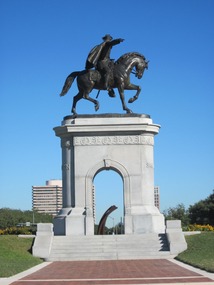
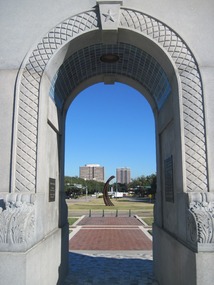

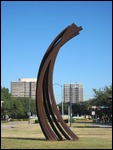
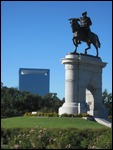
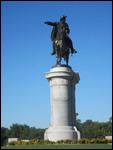
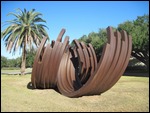

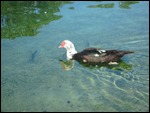

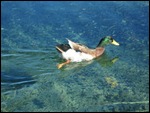

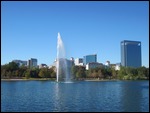
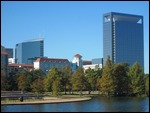

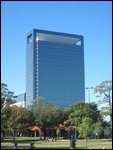
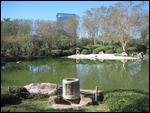
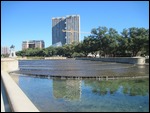
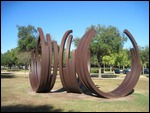
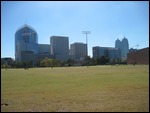
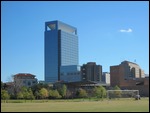
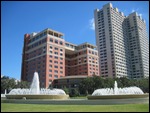
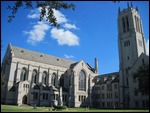
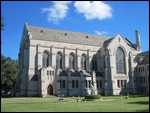
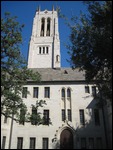
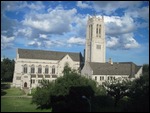

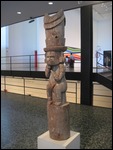
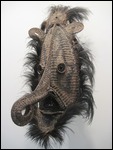
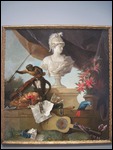
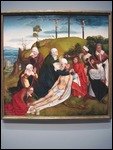
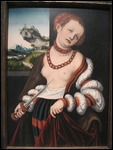

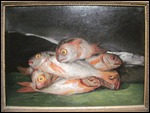
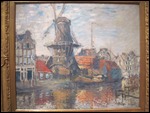
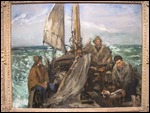
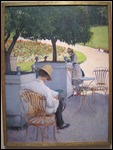
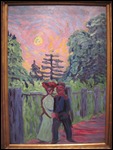

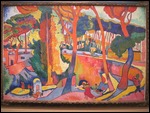
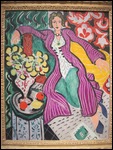
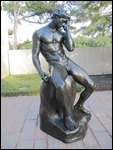
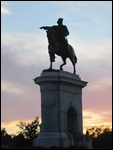
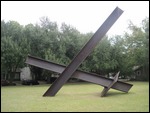
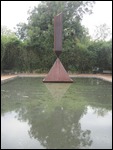
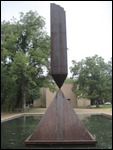
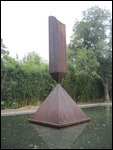

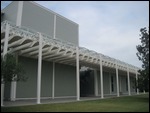
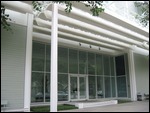

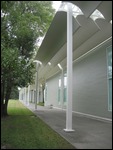
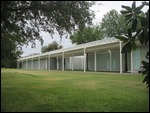
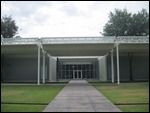
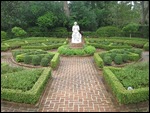
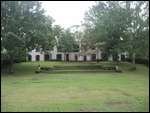
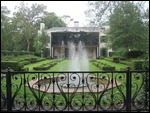
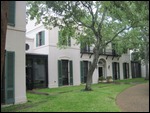
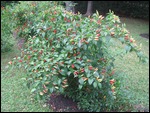

2025-05-22